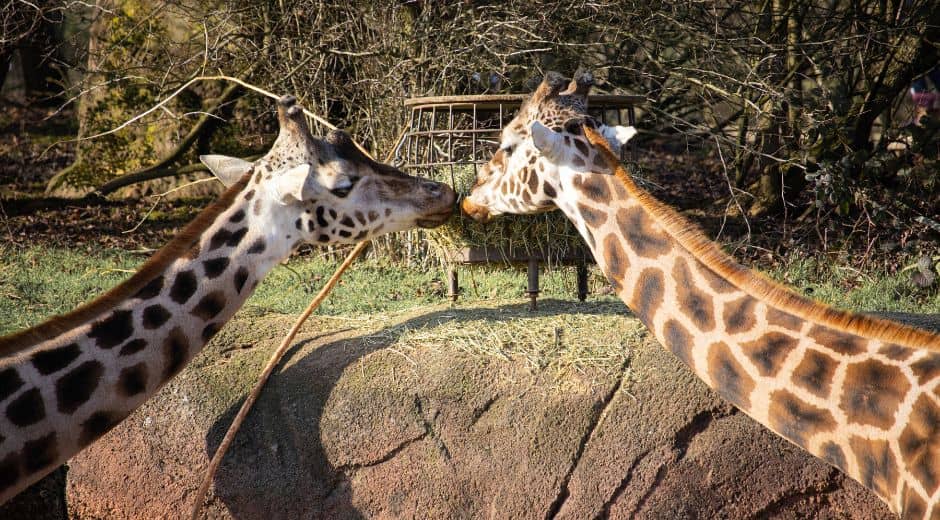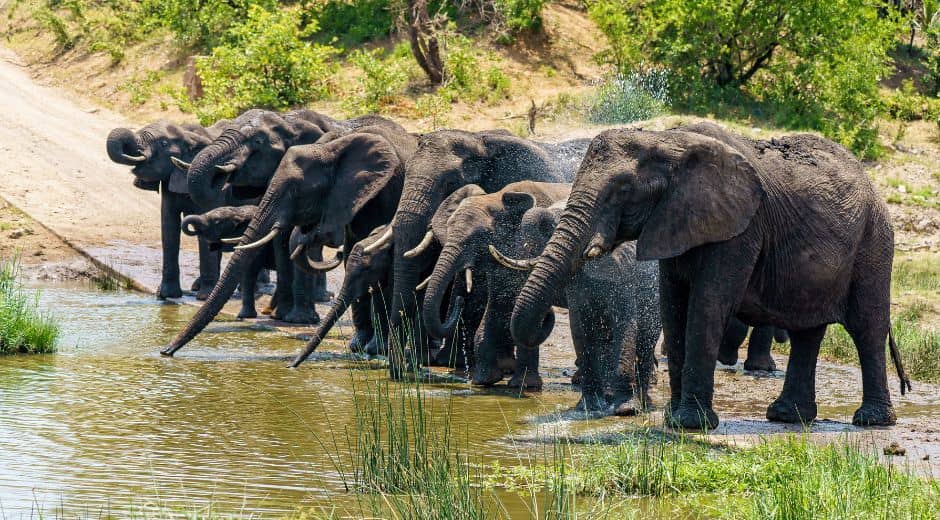Secrets of the Amazing Animal Language: How They Communicate
Secrets of the Amazing Animal Language: How They Communicate
The natural world is full of wonders, and among the most fascinating are the secrets of how animals communicate. While humans rely heavily on spoken language, countless species have developed intricate ways to convey information, emotions, and intentions. From subtle gestures to complex vocalizations, the animal kingdom is a symphony of signals, each carrying a vital meaning for survival, bonding, and social organization. Exploring these secrets not only unveils the sophistication of animal behavior but also deepens our appreciation for the intelligence and emotional depth of non-human life.
The Foundation of Animal Communication
Communication in animals is not merely an accessory to survival—it is often essential. From warning calls to mating signals, the ability to transmit information efficiently can mean the difference between life and death. Many behaviors we observe are guided by instinct, yet there is also evidence of learning and adaptation, suggesting that these signals are far more complex than simple automatic reactions. These secrets of communication are hidden in every gesture, sound, and movement animals make.
Take, for example, the alarm calls of prairie dogs. Each call conveys specific information about the type of predator approaching, allowing others in the colony to react accordingly. Similarly, dolphins employ a series of clicks, whistles, and body movements to coordinate hunting and social interactions. These behaviors illustrate that animal communication can carry highly detailed messages, challenging the notion that language is uniquely human.
Visual and Gestural Communication
One of the most striking forms of communication in the animal kingdom is visual and gestural signaling. Birds, for instance, use plumage displays, dances, and postures to attract mates or assert dominance. The elaborate mating dances of birds of paradise are not only beautiful but serve as highly effective secrets of communication, demonstrating fitness and coordination to potential partners.
Primates also rely heavily on gestures and facial expressions. Chimpanzees, for example, use specific hand movements, postures, and facial cues to convey intentions, warn of danger, or request assistance. These gestures often carry subtleties that go beyond instinct, reflecting understanding, social intelligence, and even empathy. Observing these behaviors in the wild offers a window into the rich, complex social lives of animals, a subject explored in depth by resources like Bionaturevista.
Vocal Communication
Sound is another crucial channel of communication in the animal world. Birds sing to mark territory and attract mates, while whales and dolphins produce songs and calls that can travel vast distances across oceans. Each species has its own unique repertoire of sounds, often combining pitch, rhythm, and sequence in ways that convey complex information.
Elephants, too, use low-frequency rumbles that humans cannot easily hear, allowing herds to communicate over several kilometers. These secrets reveal an astonishing level of coordination and awareness, demonstrating that animal intelligence often manifests in subtle yet highly effective ways. For those interested in observing such behaviors in their natural habitats, travel enthusiasts can find unique experiences at TripBeyondTravel, where wildlife encounters highlight the extraordinary communication skills of animals.
Chemical and Scent Signals
Not all communication is visible or audible. Many animals, particularly insects and mammals, rely on chemical signals or pheromones to convey information. Ants leave scent trails to guide colony members to food sources, while many mammals mark territories with scents that communicate identity, reproductive status, or danger. Understanding these secrets provides insight into behaviors that might otherwise appear mysterious or inexplicable.
Even more fascinating is how these chemical messages are combined with other forms of communication. A wolf, for example, may use scent marking alongside vocalizations and body postures to reinforce its social standing within the pack. This multimodal approach underscores the depth and sophistication of animal communication.
Social Complexity and Learning
Communication is closely tied to social structure. Animals that live in groups often develop more intricate systems of signaling to coordinate activities, resolve conflicts, and maintain cohesion. Elephants, dolphins, and primates exemplify this complexity, showing behaviors that require memory, interpretation, and responsiveness—traits often associated with intelligence rather than mere instinct.
Some animals even learn new communication patterns over time. Birds can mimic sounds they hear, and certain primates invent new gestures to solve social problems. These adaptive strategies reveal secrets of learning and innovation that challenge traditional assumptions about animal cognition. For deeper exploration of such studies, Bionaturevista provides a wealth of research and case studies.
The Emotional Dimension of Communication
Communication is not just about survival—it is often emotionally driven. Dogs wag their tails to express excitement or submission, while elephants show signs of grief and consolation within their herds. These behaviors demonstrate that animals are capable of transmitting emotional states, adding another layer of sophistication to their communication systems.
Understanding these secrets is essential for improving human-animal interactions and developing ethical practices in conservation, captivity, and wildlife management. Recognizing that animals convey feelings and intentions encourages a deeper respect for their intelligence and social complexity.
Conservation and Observation
Studying animal communication has practical implications beyond academic curiosity. Conservation programs rely on knowledge of vocalizations, gestures, and other signals to monitor species, protect habitats, and facilitate reintroduction efforts. By decoding the secrets of communication, researchers can better predict animal behavior, reduce human-wildlife conflicts, and design effective conservation strategies.
For readers curious about observing these behaviors firsthand, internal resources like Zoopora provide detailed insights and guidance. Meanwhile, travel opportunities at TripBeyondTravel allow enthusiasts to witness the extraordinary communication skills of animals in the wild.
Conclusion
The animal kingdom is a masterclass in communication. From the subtle flick of a tail to complex vocalizations and chemical signaling, animals convey information with precision, creativity, and sometimes emotional depth. These secrets not only illuminate the intelligence of non-human species but also challenge our understanding of cognition, emotion, and social complexity.
By exploring the secrets of animal communication, we gain a richer, more nuanced appreciation for the natural world. Observing, studying, and respecting these behaviors allows humans to connect more meaningfully with wildlife and fosters a sense of wonder and responsibility. Ultimately, the hidden languages of animals remind us that communication is a universal bridge, connecting minds across species, revealing layers of complexity, and celebrating the remarkable intelligence of life on Earth.
Wildlife Behavior Curiosity

Understanding the Mops: Health, Care, and Personality
Tigers in the Wild: Conservation Challenges and Successes explores efforts to protect tigers, preserve habitats, and ensure their survival…

Bigăr Waterfall: Romania’s Hidden Natural Gem
Tigers in the Wild: Conservation Challenges and Successes explores efforts to protect tigers, preserve habitats, and ensure their survival…

Tigers in the Wild: Conservation Challenges and Successes
Tigers in the Wild: Conservation Challenges and Successes explores efforts to protect tigers, preserve habitats, and ensure their survival…






